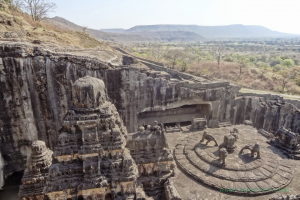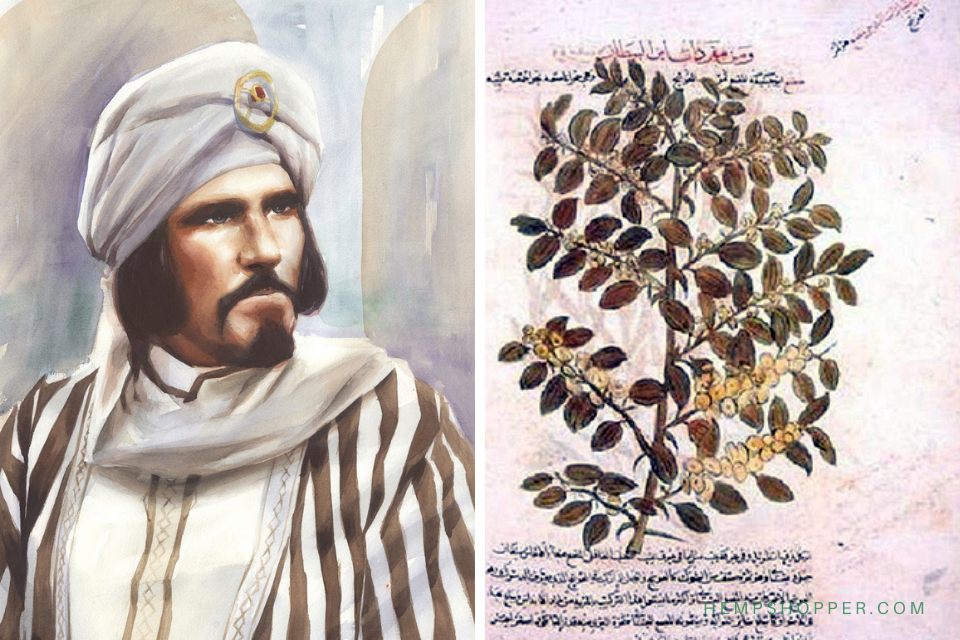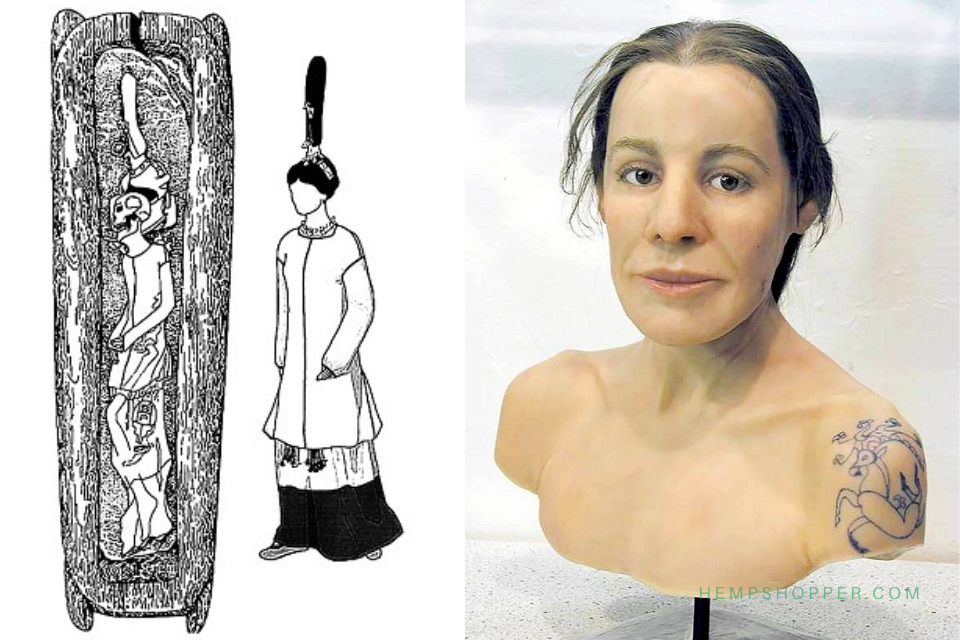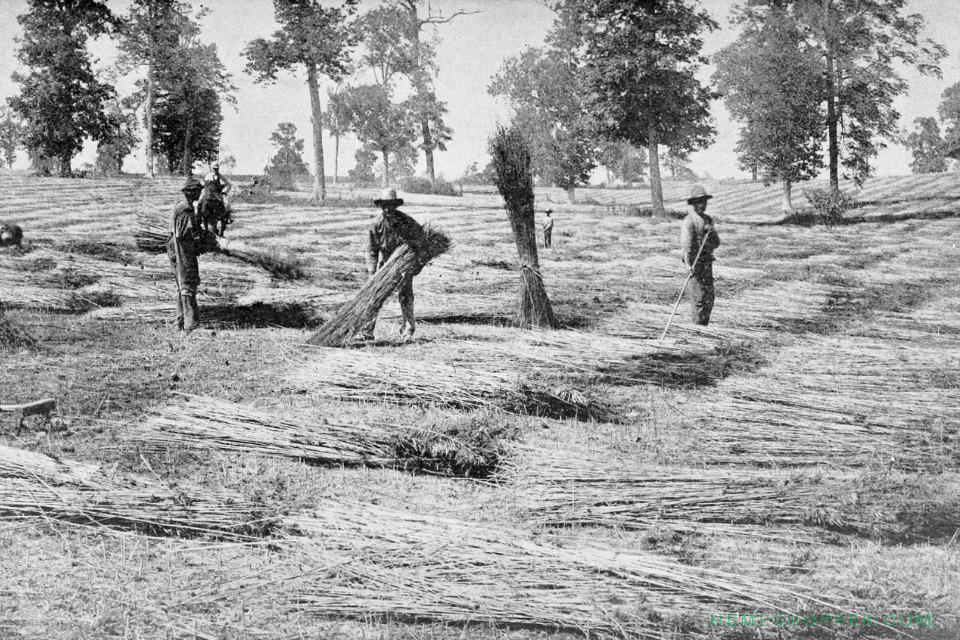500 CE: Cannabis helped to preserve ancient Indian artwork

500 CE: Cannabis helped to preserve ancient Indian artwork.
Botanist Milind M. Sardesai and archaeochemist Rajdeo Singh studied 1,500-year-old plaster from the walls and ceiling of one of the rock-cut temples of India’s Ellora Caves.
They discovered that the mixture consisted of at least ten percent cannabis. “The cannabis fibre appears to have a better quality and durability than other fibres,” Sardesai told Discovery News.
“Moreover, the cannabis’ gum and sticky properties might have helped clay and lime to form a firm binder.” Nearby cave temples that weren’t insulated with cannabis plaster are in a poorer state of preservation than the Ellora Cave shrines.
Research and text © Hempshopper Amsterdam.


 Hempshopper Amsterdam
Hempshopper Amsterdam 






